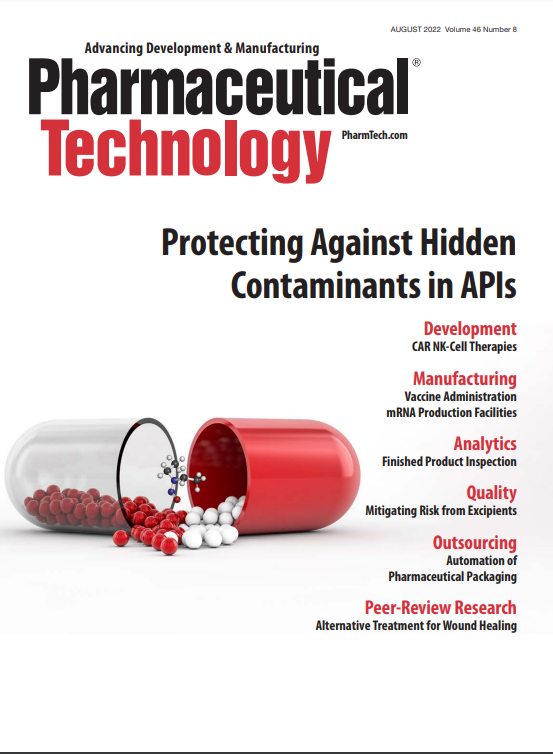The Stick and Carrot of Quality Management
How can we fix the quality manufacturing issues that come with product shortages?
In the pharmaceutical industry, the Venn diagram intersection between shortages and quality manufacturing issues occupies more space than anyone wants. There has long been discussion about the best way to reduce this. Recently, FDA formed a “multidisciplinary, multi-Center working group to facilitate the development of a Quality Management Maturity (QMM) rating program. This working group is developing a framework to objectively assess and rate the QMM of manufacturing sites through the integration of interactive site assessments and relevant intelligence pertaining to the site’s state of quality.” To some degree this framework has been borrowed and modified from similar manufacturing industries. In discussions, FDA is “...considering standardized assessment tools, policy approaches, industry incentives, transparency, and communications” (1).
In a recent Pharmaceutical Technology Drug Solutions podcast, Cindy Buhse, Deputy Director of Operations, Office of Pharmaceutical Quality at FDA, made a relevant insightful business observation saying, “I think the key words here are business processes and continual improvement. It’s not about the product. We already know the product is of high quality because its being made under current good manufacturing practices (CGMPs) with inspections and assessments and everything FDA does, so QMM is really about the busines processes, and rewarding those manufacturers who have robust processes … because if you have robust business processes and really understand your supply chain, you have risk management plans, you have continuous improvement plans in place, … you end up making sure your particular product does not end up in shortage” (2).
A paper by the Brookings Institution discusses the ongoing baby formula shortage, but also calls out excipients such as Microcrystalline cellulose and Magnesium Stearate, as of special consideration given the number of drug products affected were there to be a disruption in supply (3). It continues, saying the baby formula shortage falls into the national Academy of Science “A Framework for Resilient Medical Product Supply Chains” recommendations (4), and so should include those excipients also. Given what we now know, it’s hard to disagree.
References
1. FDA, CDER Quality Management Maturity, FDA.gov, accessed July 28, 2022.
2. PharmTech Editors, “FDA Weighs in on Advancing the Science of Pharmaceutical Manufacturing,” Drug Solutions Podcast, May 17, 2022.
3. M. E. Wosinska and R. G. Frank, “To Prevent Public Health Crises, We Need to Update the Essential Medical Product List,” Brookings.edu, June 24, 2022.
4. National Academies of Sciences, Engineering, and Medicine, Building Resilience into the National Medical Product Supply Chains (Washington, DC: The National Academies Press, 2022).
About the author
Mike Hennessy Jr. is the President and CEO of MJH Life Sciences.
Article details
Pharmaceutical Technology
Vol. 46, No. 8
August 2022
Pages: 8
Citation
When referring to this article, please cite it as M. Hennessy, “The Stick and Carrot of Quality Management,” Pharmaceutical Technology 46 (8) 2022.

PacBio Chosen as Tech Partner for Global Alzheimer’s Disease Research Project
April 23rd 2025The project, the North African Dementia Registry, will unite multiple entities for the purpose of developing a comprehensive dataset to advance the research community’s understanding of Alzheimer’s disease and other dementias in diverse populations.